10 Fascinating Facts About Caribbean Culture
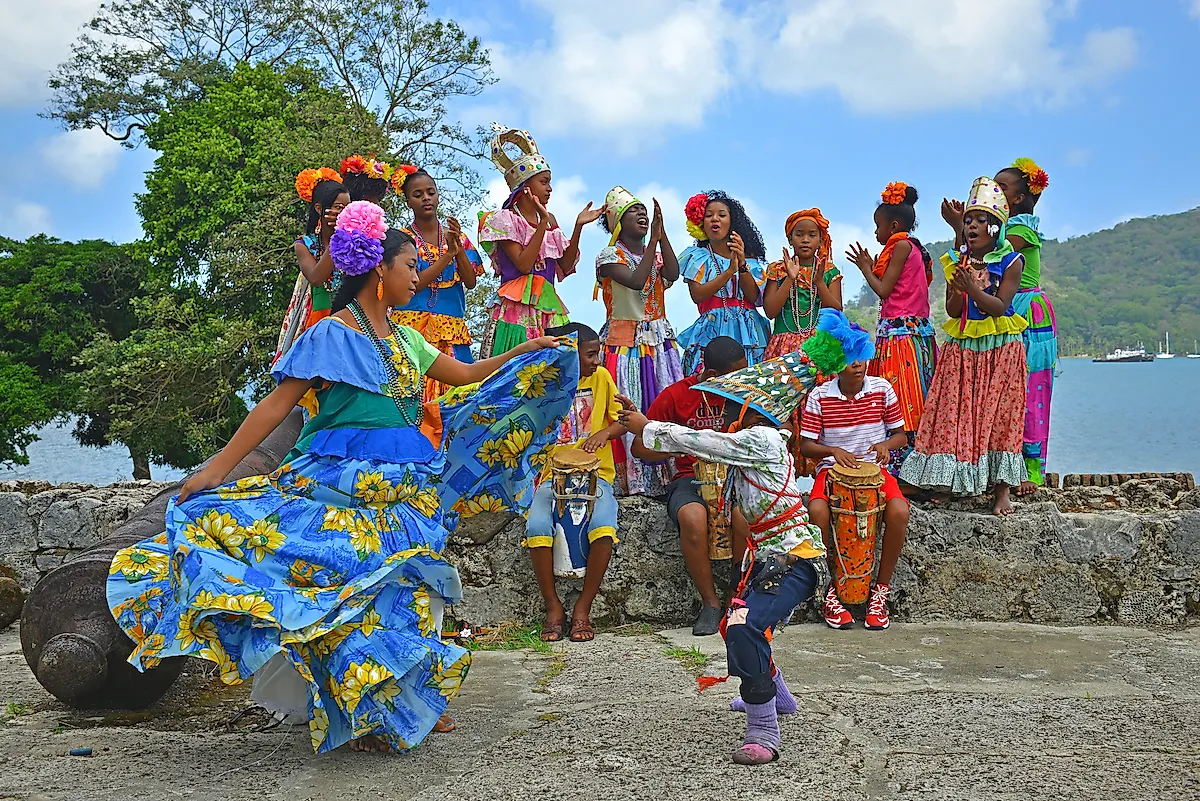
- The Caribbean is a melting pot of cultures with influences from European colonizers, the native community who lived there before colonization, and the waves of immigration.
- In Jamaica, people believe that the soul of the dead can linger for nine days.
- African culture has left an indelible mark in Caribbean history.
Colorful is one word to describe the culture of the Caribbean people. It’s a mesmerizing mix of influences rooted in its rich heritage, shaped by its long history of colonization, and molded by waves of immigration. The region is a melting pot of different languages, cuisine, music, and customs. Its culture is a beautiful blend of a colonial and native elements shaped by each country’s socio-cultural experiences. It is this diversity that gives the Caribbean region a unique identity. Here are a few things about the Caribbean culture that will make you want to pack your bags and fly to the islands so you can experience it yourself.
10. Shaped By A Long History Of Colonization
The history of the Caribbean people did not begin when the Europeans came. Way before the Europeans landed on the region, the islands were home to a native population of around 750,000 people composed of three groups: the Ciboney or Guanahuatebey, Taino Arawak, and Carib.
In 1497 Christopher Columbus founded an island in the Caribbean which then signaled the start of the Spanish colonization. The Spanish Empire claimed the Caribbean and most of Latin America. Around the 1600s the British, French, and Dutch seized Caribbean territories from the Spanish empire. The US then started colonizing parts of the Caribbean in the 1900s. These events created an interesting mix between the native Caribbean culture and those of the different colonizers.
9. Food Is An Important Aspect Of Family Life
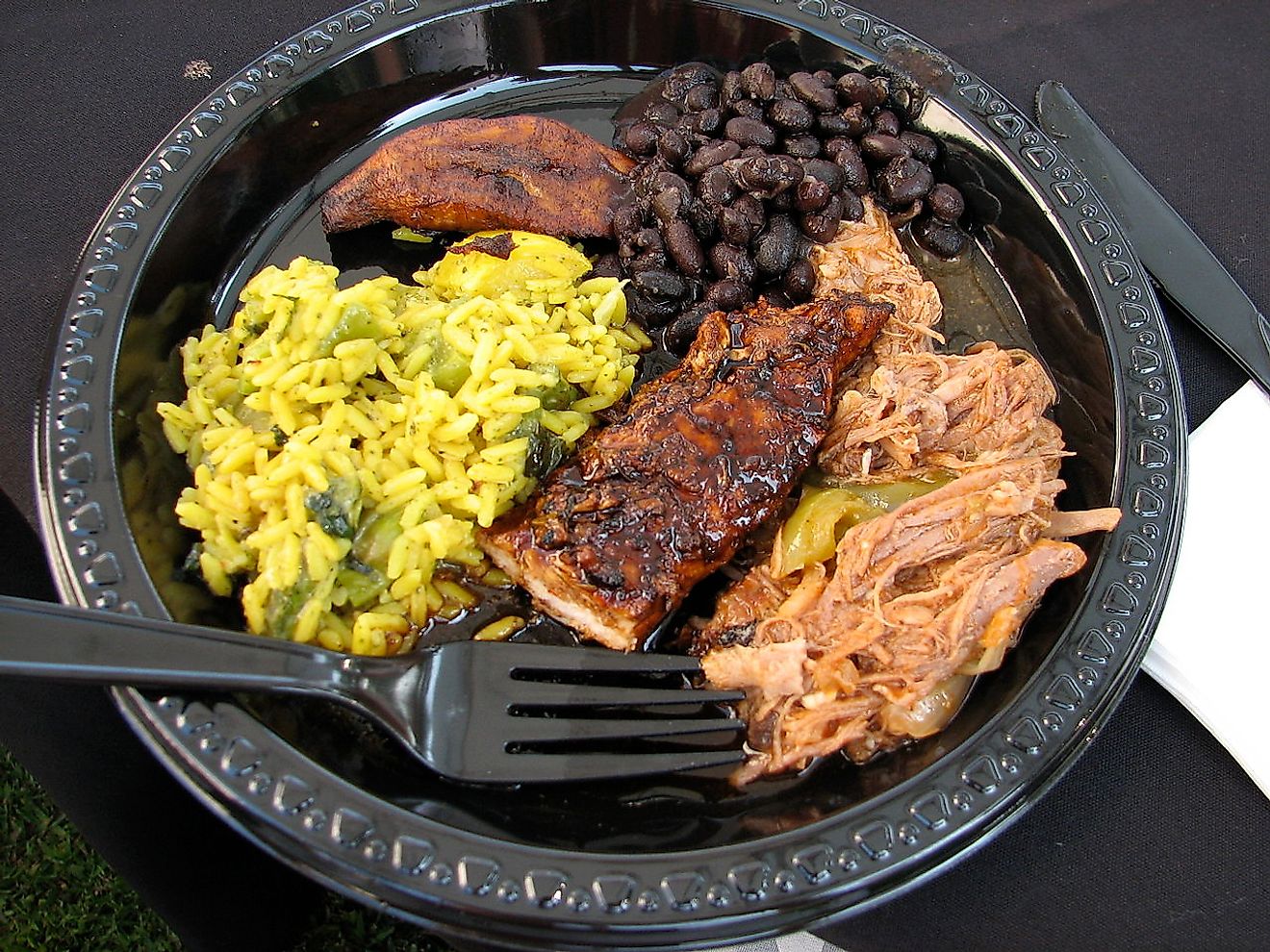
Caribbean cuisine is a beautiful hodgepodge of different flavors made even more interesting by its colorful ingredients and distinctly flavored spices or condiments. It is a feast for all the senses meant to excite not just the palate but the eyes and nose as well. And food in the Caribbean isn’t just for sustenance. Food preparation is a social activity often done by several members of the family. Food is then shared with extended members of the family. Mealtimes are considered a social activity where tummies are nourished and familial bonds are forged.
8. Diversity Is Reflected In Their Language
The Caribbean’s multiculturalism is reflected in its many dialects and languages. Spanish is the official language in many countries like the Dominican Republic, Puerto Rico, and Cuba while French is spoken in areas including Haiti, Guadeloupe, Martinique, St Barthelemy, French Guiana, and St Martin. People in other areas like Aruba, Bonaire, Curacao, Saaba, St Eustatius, and St Maarteen on the other hand can speak Dutch. Creole and Patois are spoken across the region. Although English is the most common language spoken by many locals which makes it easy for tourists to go around the islands.
7. Birthplace Of Many Musical Genres
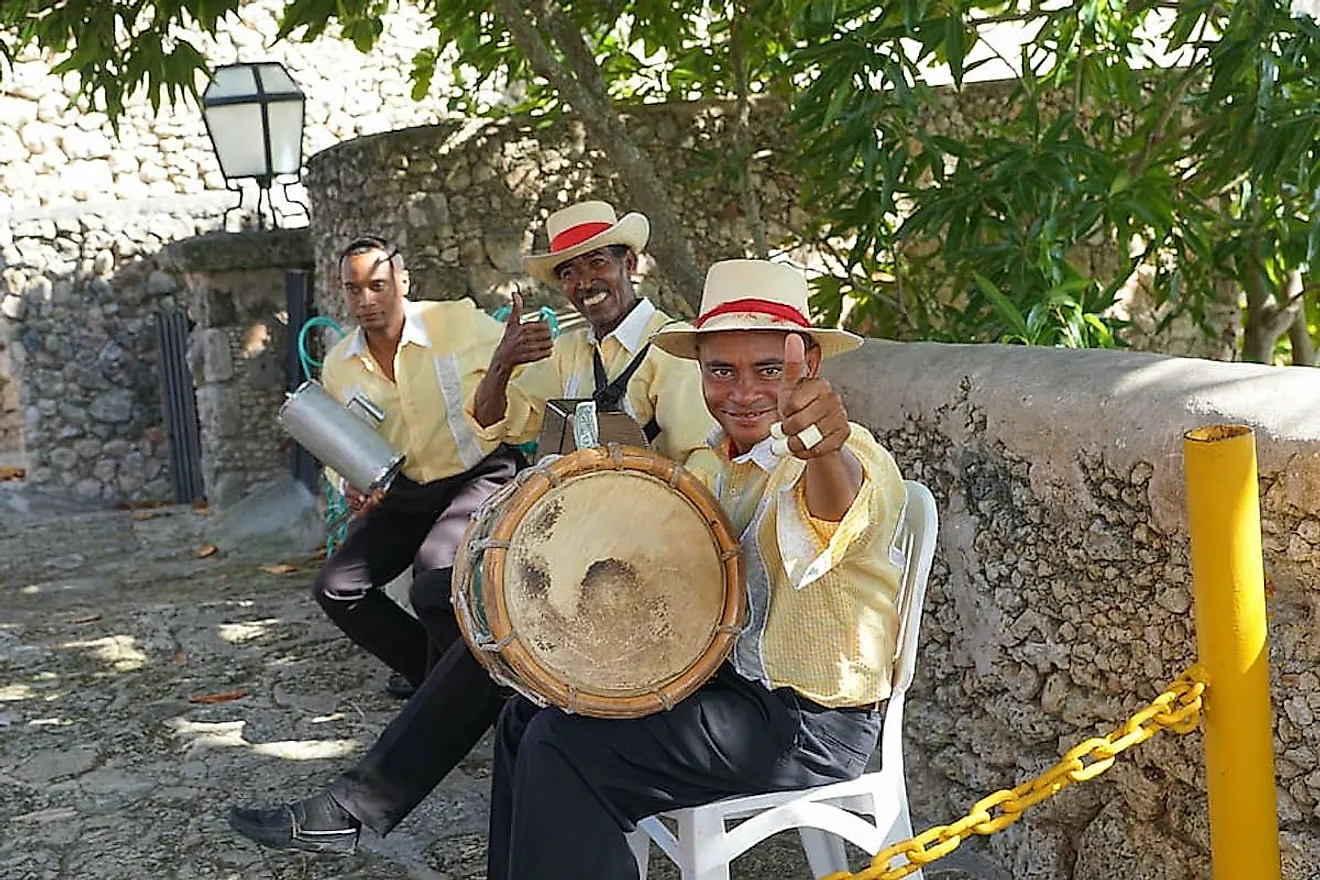
The Caribbean is the birthplace of many popular types of music that have spread throughout the world. Although many people only associate Caribbean music with reggae (the unofficial soundtrack of many Caribbean vacations) there are many other genres of music that originated in the region. There’s calypso music that combines spiritual elements with bongos, maracas, and Spanish guitar, soca which originated in Trinidad and Tobago and uses dholak as well as dhantal, and dancehall which originated in Jamaica and is a high-energy form of rap-reggae among many others.
6. Distinct African Heritage
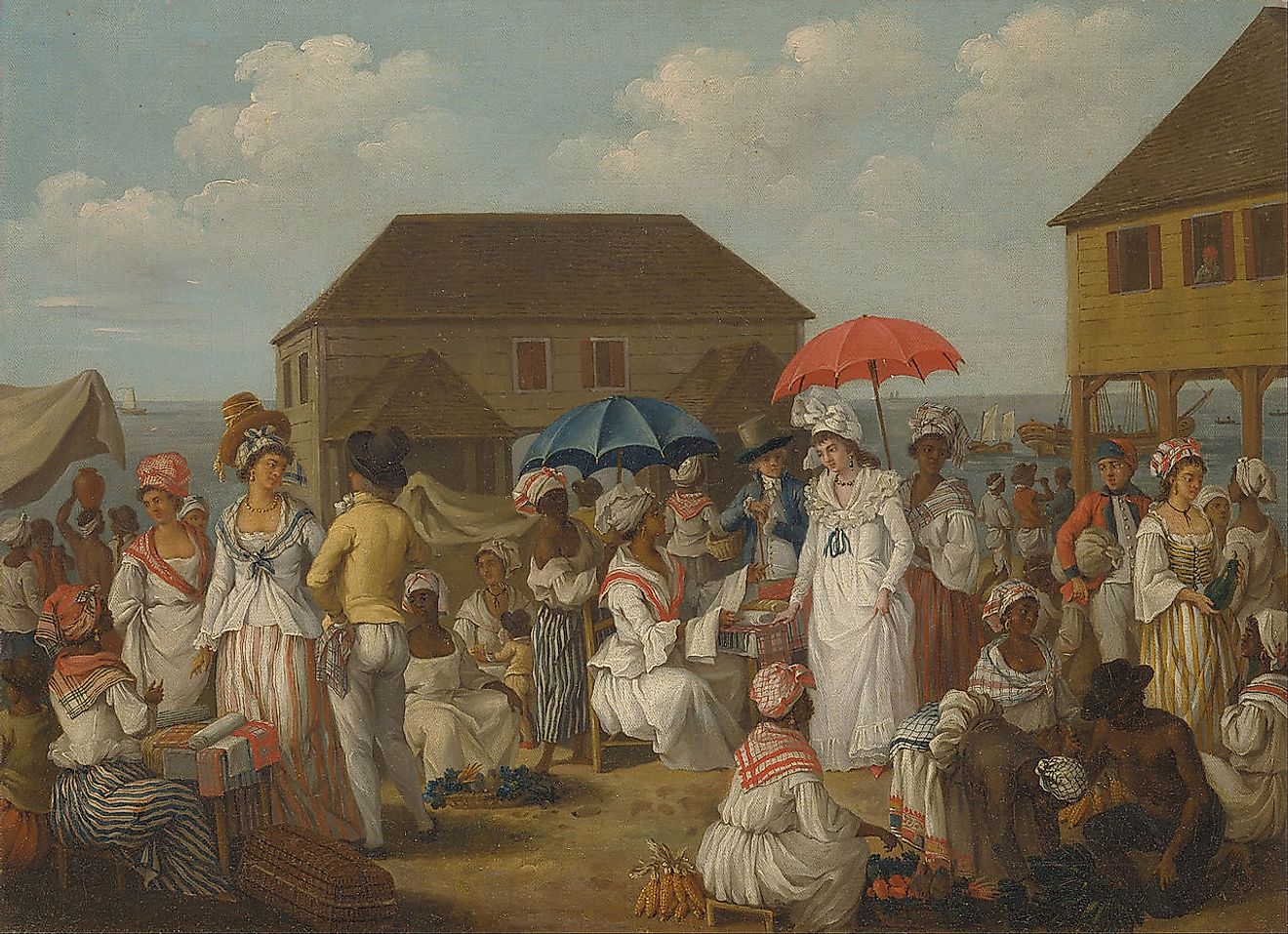
African culture has left an indelible stamp in Caribbean history. Between 1662 and 1807 Britain brought around three million Africans to the Caribbean who were sold as slaves to work in plantations. The African people brought with them their music, dance, rituals, cuisines, and customs when they moved to the islands. These were then forged and shaped further by their experiences under the colonizers. They created dances, songs, and chants as a means of expression which reflected their lives in the plantation. And their influence helped shaped the Caribbean’s unique culture.
5. Spiritual Diversity
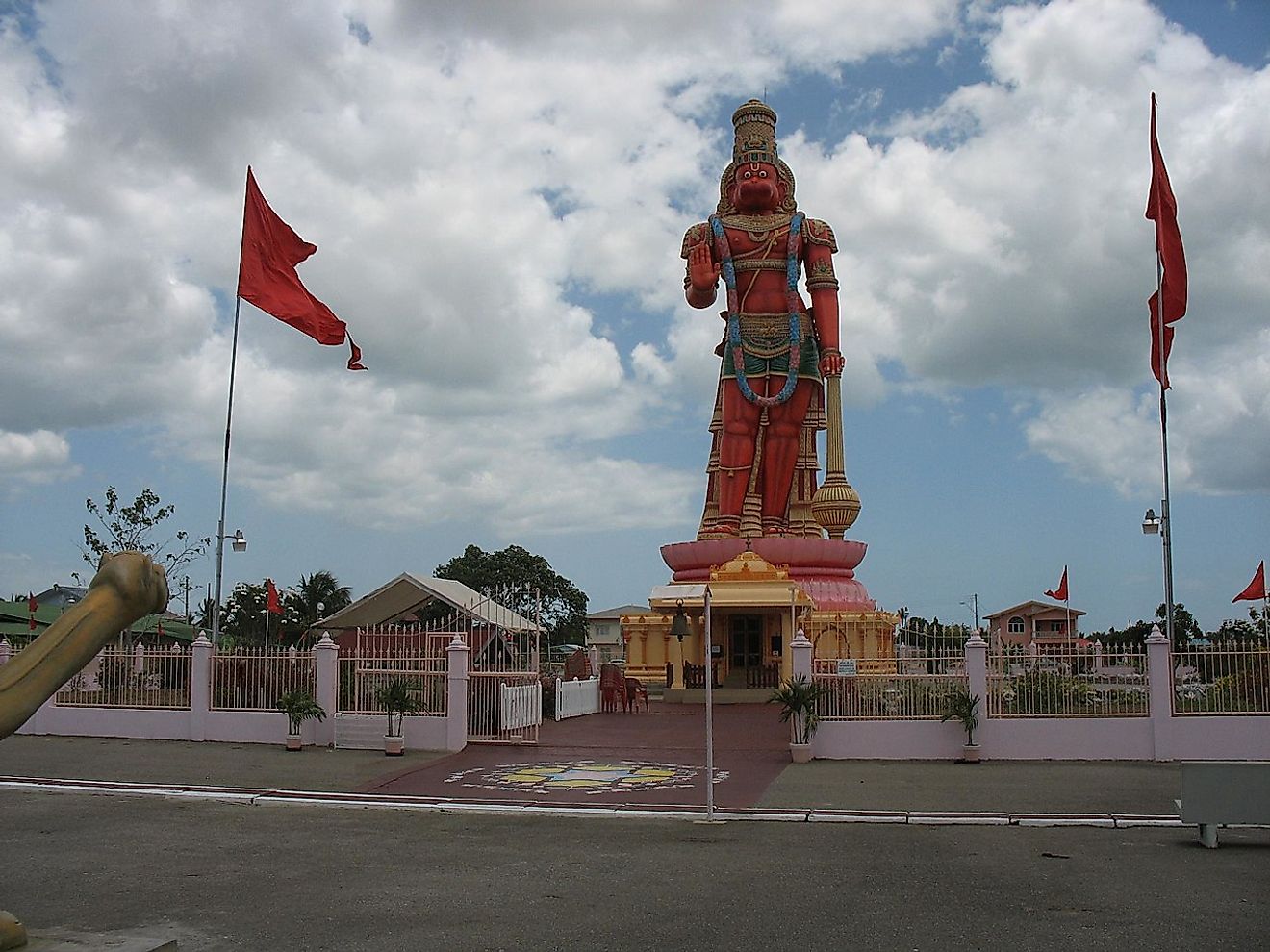
While many countries in the Caribbean especially those colonized by Spain have remained Catholic, others practice many other religions. In Trinidad and Tobago and other areas with a large concentration of Indian immigrants, for instance, a quarter of the population practices Hinduism, while many of those in the British islands practice Protestantism.
There’s also Santeria in Cuba that’s derived from Yoruba beliefs and rituals which include sacrificing an animal to the Yoruba deities, and the Rastafarian movement that originated in Jamaica in the 1930s.
4. Carnivals And Parades Are Serious Business
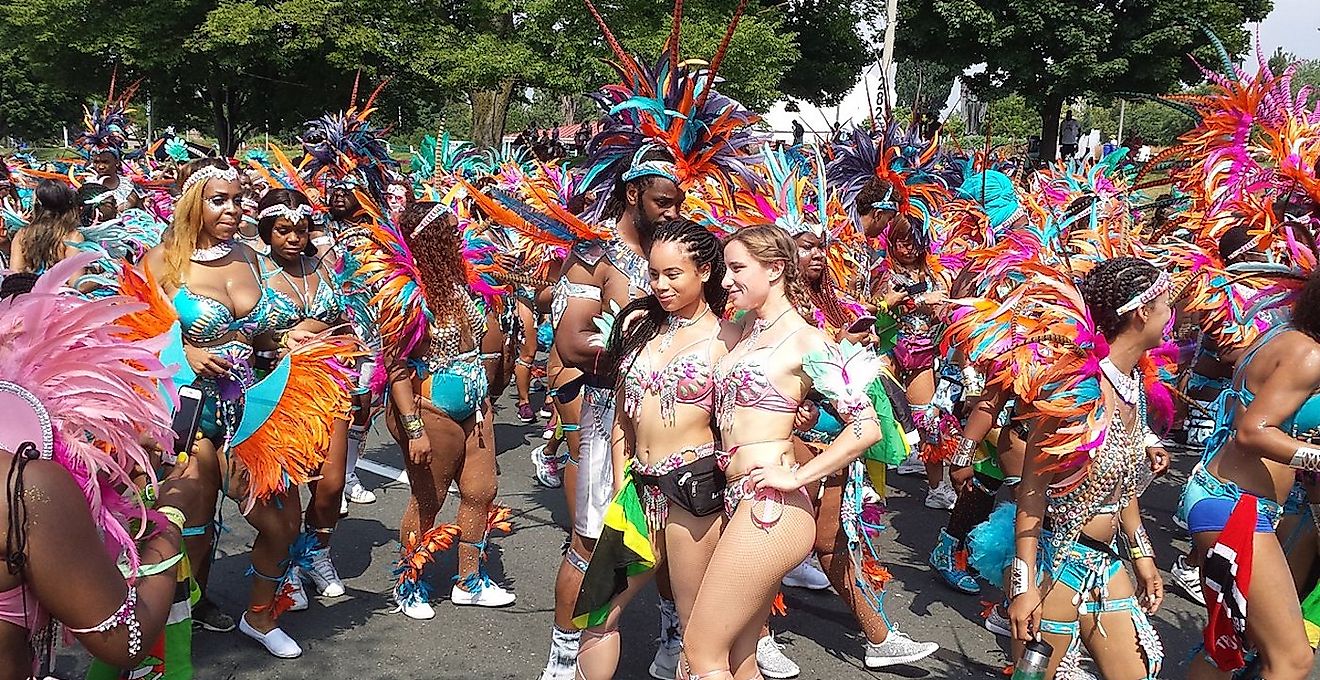
Based on the region’s folklore and customs, Caribbean parades are known the world over for their loud music, invigorating dance moves, and vibrant outlandish costumes. They showcase the best aspects of the rich Caribbean culture and their people’s vibrant way of life. Each year different countries in the region host hundreds of festivals and carnivals and people take preparations seriously. Sometimes called a “carnaval” these fun street parties are meant to celebrate and commemorate events in history. Music is an important part of these parades as well as glittering (and intricately-designed) costumes and colorful floats.
3. Architectural Melting Pot
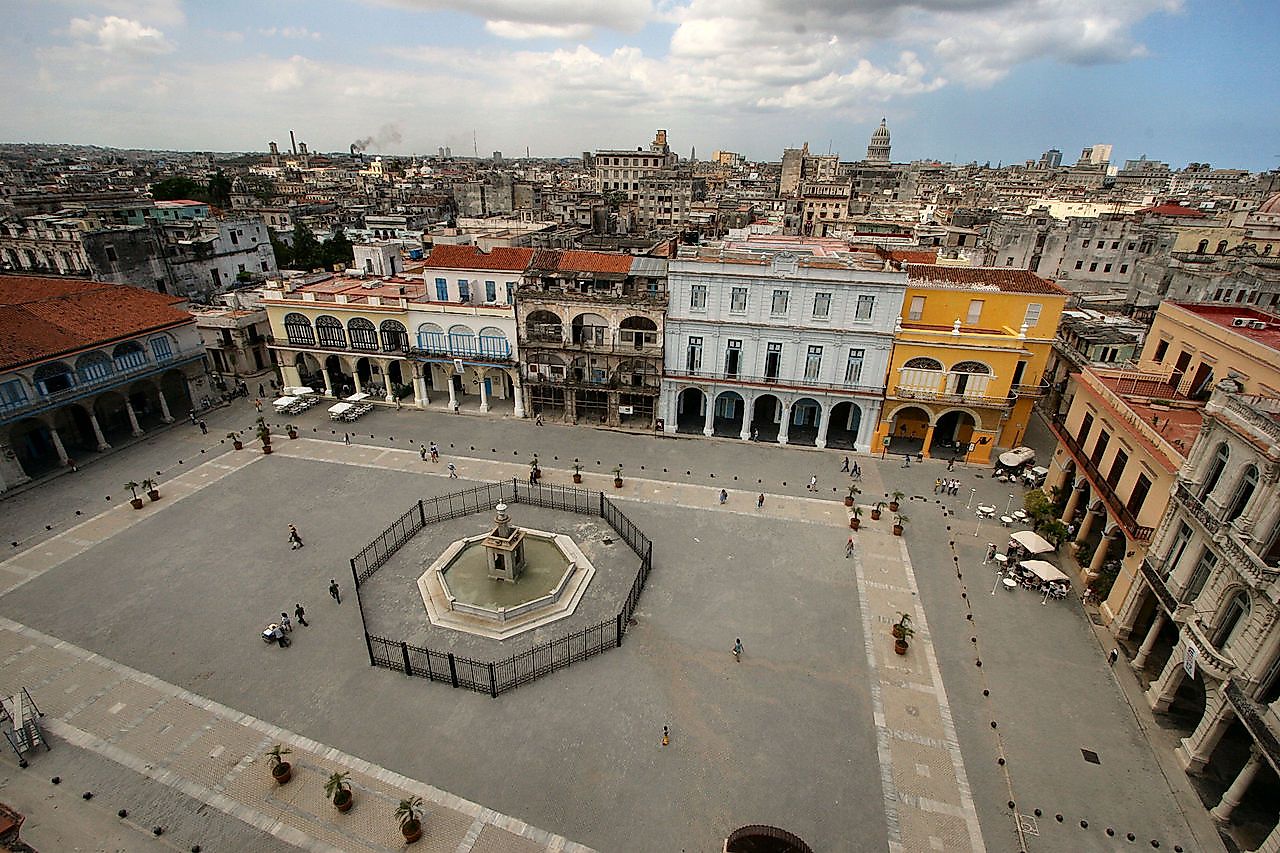
The region’s architecture reflects their rich influences (Amerindian, African, and European) which gave birth to a medley of styles evident in their buildings and homes. Old Havana for instance showcases colonial architecture highly influenced by medieval Spain and the Baroque art. The use of cast iron in many Caribbean structures was introduced by the French while the mechanical saws brought by the Americans gave rise to the use of intricate wooden lacework seen in many facades of homes and buildings in the region.
2. Folklore Revolves Around Supernatural Creatures
Passed down through generations, Caribbean folklore originated in Africa and were introduced to the islands by the people who were brought there to work in plantations. Most of these stories involve some spine-chilling supernatural beings like the heartman born out of Barbadian folklore. The heartman terrorizes naughty children and carves out people’s hearts. Another scary creature from their folklore is the La Diablese or the devil woman who appears beautiful from far away to lure victims but hides a hoof under her long dress and hideous face under a big hat. She is said to lure victims to their death or madness.
1. Different Way Of Mourning The Dead
In Jamaica, people have a different way of bidding the dead goodbye. In a tradition called the Nine Night, Jamaicans hold nine-night celebrations. They believe that the spirit of the dead lingers for nine days to stay in the home or exact revenge on those who have wronged him. On the 9th night the spirit frees itself from the Earth and so the mourners send him off with a party filled with loud music, lots of dancing, and storytelling.











